As a leading Custom...
Personalized tin box packaging: D2C brands’ secret weapon to increase repurchase rate
Brand differentiation and user retention have become core challenges in the fiercely competitive direct-to-consumer (D2C) market. Data shows that 72% of consumers prefer repurchasing brands that provide a high-quality packaging experience. In recent years, customized tin boxes have become the preferred carrier for D2C brands to create "second products" due to their environmental friendliness, durability, and high appearance. From beauty, food, to luxury goods, customized tin box packaging not only carries goods, but also conveys brand value through personalized design, becoming an invisible promoter to increase the purchase rate.
---
1️⃣ . Four core advantages of tin box packaging
1. Durability and environmental protection: the "sustainable competitiveness" of metal tin boxes
Compared with traditional paper boxes or plastic packaging, metal tin boxes are reusable, pressure-resistant, and moisture-proof. Consumers can use empty boxes to store jewelry, cosmetics, or even as travel portable cans, greatly extending the packaging life cycle. For example, a high-end tea brand increased its user retention rate by 40% through customized tin box packaging, of which 30% of repurchases were directly due to consumers' demand for secondary use of packaging.
2. Sensory experience: dual stimulation of touch and vision
The unique coldness and gloss of metal materials, combined with hot stamping, embossing, mat, te, and other processes, can instantly improve the texture of the product. Studies have shown that packaging with high-quality touch can increase consumers' willingness to pay by 15%. A new aromatherapy brand increased its first-order conversion rate by 22% through customized embossed logo tin boxes, and 65% of repurchase users said that "packaging is the key reason for repeated purchases."
3. Brand memory point: from "disposable" to "long-term retention"
When consumers place tin boxes at home or on their desks, the brand logo and design language are continuously exposed. A certain online celebrity candy brand designed a limited edition illustration tin box, and the user's active sharing rate on social media reached 18%, indirectly driving a 30% increase in new customers.
4. Customization cost controllable: flexibility of small batch production
Thanks to the technical upgrade of domestic tin box manufacturers, brands can choose flexible customization solutions of 100-5000 pieces based on order volume, and the cost of a single box is 35%-50% lower than the traditional cognition, which is especially suitable for D2C small and medium-sized brands to try high-end strategies.
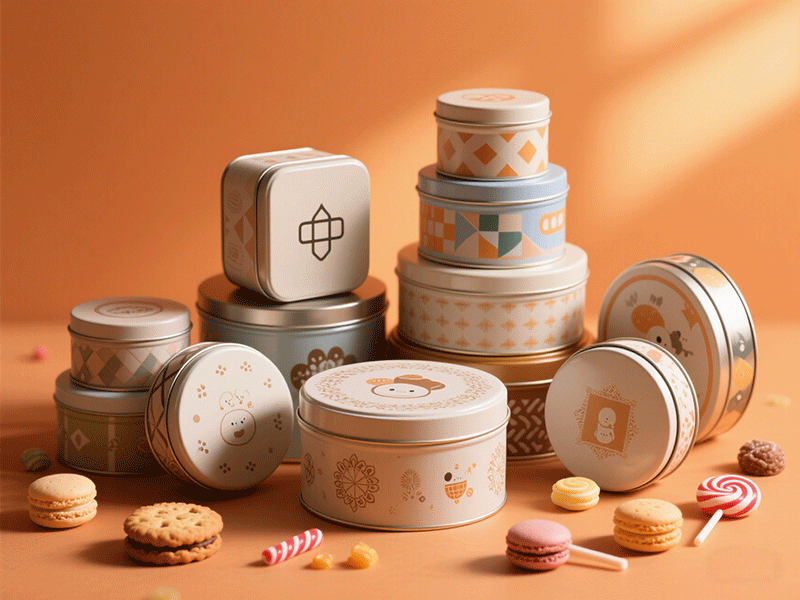
2️⃣ . How to design a customized tin box that "makes users reluctant to throw away"?
1. Functional scenario: design driven by user needs
- Beauty brands: design a layered structure to adapt to different categories, such as lipstick and powder.
- Food brands: built-in sealing strips to enhance the preservation function;
- Luxury goods: embedded magnetic switches to enhance the sense of opening and closing rituals.
2. Emotional design: from IP co-branding to user co-creation
- Cooperate with artists or popular IPs to launch limited editions (such as the Forbidden City Cultural and Creative Co-branded Tin Box);
- Open custom templates to allow users to upload photos or text to create an "exclusive memory box".
3. Data verification: A/B testing to optimize packaging strategy
A health care brand found through testing that the repurchase rate of matte black and gold tin boxes is 27% higher than that of shiny silver boxes, and the design of adding lining buckles reduces the return rate by 12%.
---
3️⃣ . Successful cases: How tin box packaging drives brand growth
Case 1: New tea brand "Shanyejian"
- Strategy: Launch a four-season themed tin box with a seed card in the box (collect all four seasons to exchange for gifts);
- Result: The repurchase cycle is shortened from 90 days to 45 days, and the user retention rate is increased by 58%.
Case 2: High-end chocolate brand "Coco Vault"
- Strategy: Customize heart-shaped lock tin boxes to encourage consumers to use the boxes as "love letter storage boxes";
- Result: Valentine's Day single product sales exceeded 100,000 pieces, and social media exposure exceeded 2 million times.

4️⃣ . How to choose a reliable tin box manufacturer?
Key indicators and pitfall avoidance guide
1. Material certification: confirm the use of food-grade/environmentally friendly tin-plated iron (such as tinplate);
2. Process capabilities: examine technologies such as 3D proofing, UV printing, and laser engraving;
3. Minimum order quantity (MOQ): give priority to suppliers that support 50-100 trial orders;
4. Compliance: require international certifications such as SGS and FDA (for export brands).
---
Conclusion: Tin box packaging- long-term value investment for D2C brands
When product homogeneity intensifies, customized tin box packaging has changed from a "plus point" to a "must-have option". It is not only a container for goods, but also a bridge for brands to establish emotional connections with users. By choosing a professional tin box manufacturer and transforming packaging into a "brand asset" that can be spread, retained, and value-added, D2C brands are expected to break through in the red ocean market and build a repurchase engine that continues to grow.
Action suggestion: Contact the tin box supplier immediately and start your first "repurchase-driven packaging" design!





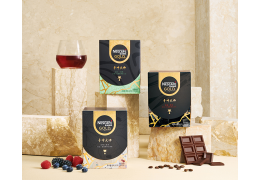
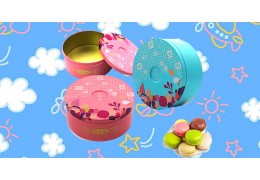
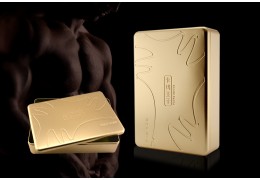
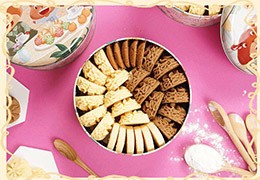
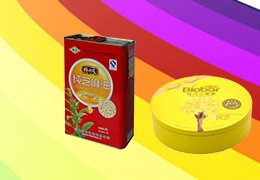
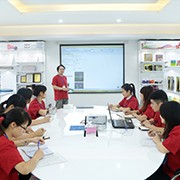



Latest comments